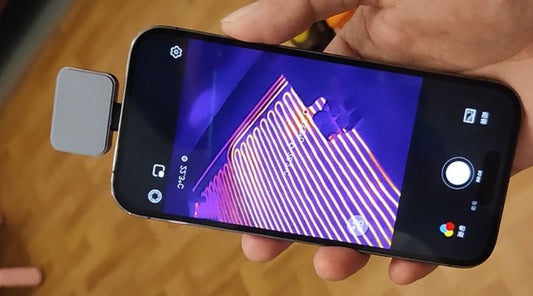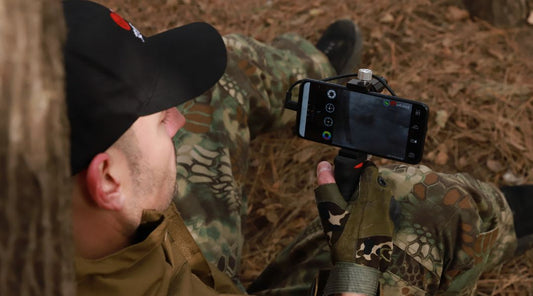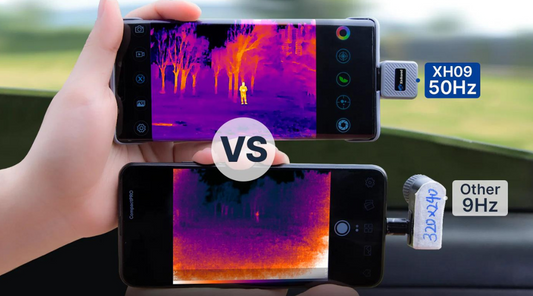3 Top Tips for Maximizing Thermal Cameras in Daylight
Thermal cameras have revolutionized various industries, providing unparalleled visibility in low-light conditions. However, harnessing their full potential in broad daylight requires a strategic approach. In this guide, we'll delve into three top tips to ensure your thermal camera performs optimally when the sun is shining bright.
Tip 1: Understanding Daylight Settings
To achieve optimal performance, it's crucial to comprehend the impact of natural light on thermal imaging. Start by calibrating your camera appropriately. This ensures accurate temperature readings and minimizes the risk of false interpretations.
Consider the temperature range settings of your thermal camera. Daylight conditions can vary significantly, affecting the camera's ability to detect and interpret thermal signatures. Adjust the range accordingly to capture the relevant temperature differentials and enhance the camera's accuracy.
Tip 2: Leveraging Advanced Features for Daytime Applications
Modern thermal cameras come equipped with advanced features designed to boost performance, even in daylight. Take advantage of image enhancement technologies to refine the quality of your thermal imagery. These enhancements can improve the clarity of details and aid in the identification of objects or anomalies. For example, the Xinfrared XH09's FullHD/Highlight feature adapts to different weather and scenes.
Customizable settings are another asset. Tailor your camera's configurations to suit daytime scenarios. Whether it's adjusting contrast, brightness, or color palettes, fine-tuning these settings can make a significant difference in the camera's usability and effectiveness.
Tip 3: Integration with Other Technologies
Maximize the potential of your thermal camera by integrating it with visible light cameras. This combination provides a more comprehensive view, merging thermal and optical imagery. The synergy between the two technologies offers a richer dataset, enhancing your ability to interpret and respond to various situations.
Consider real-world applications where this integration proves invaluable. From surveillance and security to search and rescue operations, the combined power of thermal and visible light cameras opens up new possibilities for efficient and accurate decision-making.
Unlocking the power of thermal cameras in daylight involves a combination of understanding, leveraging advanced features, and integrating technologies. By following these three tips, you can ensure your thermal camera operates at its peak in various lighting conditions, providing you with the clarity and accuracy you need for your specific applications.
Have you implemented these tips for maximizing thermal cameras in daylight? Share your experiences or questions in the comments below. Join the conversation on social media and let us know how these tips have transformed your thermal imaging capabilities.




